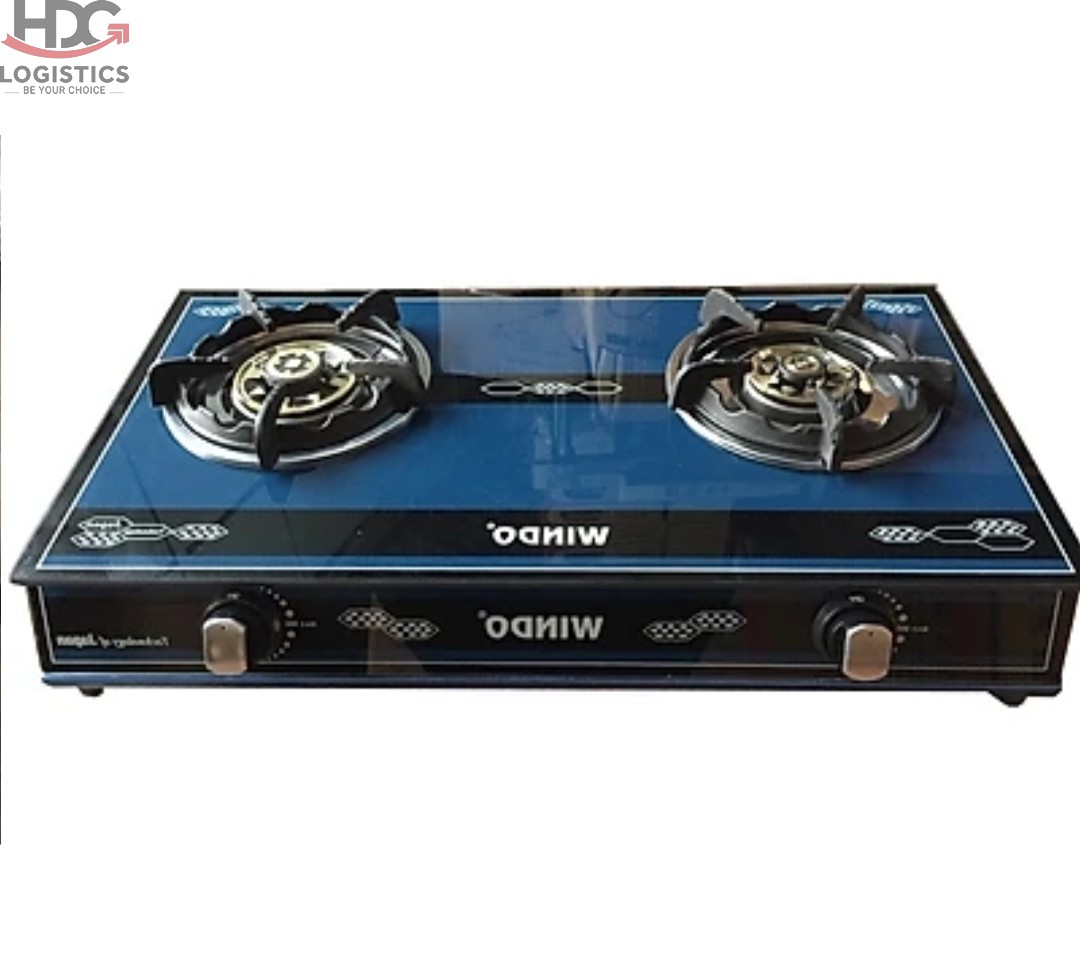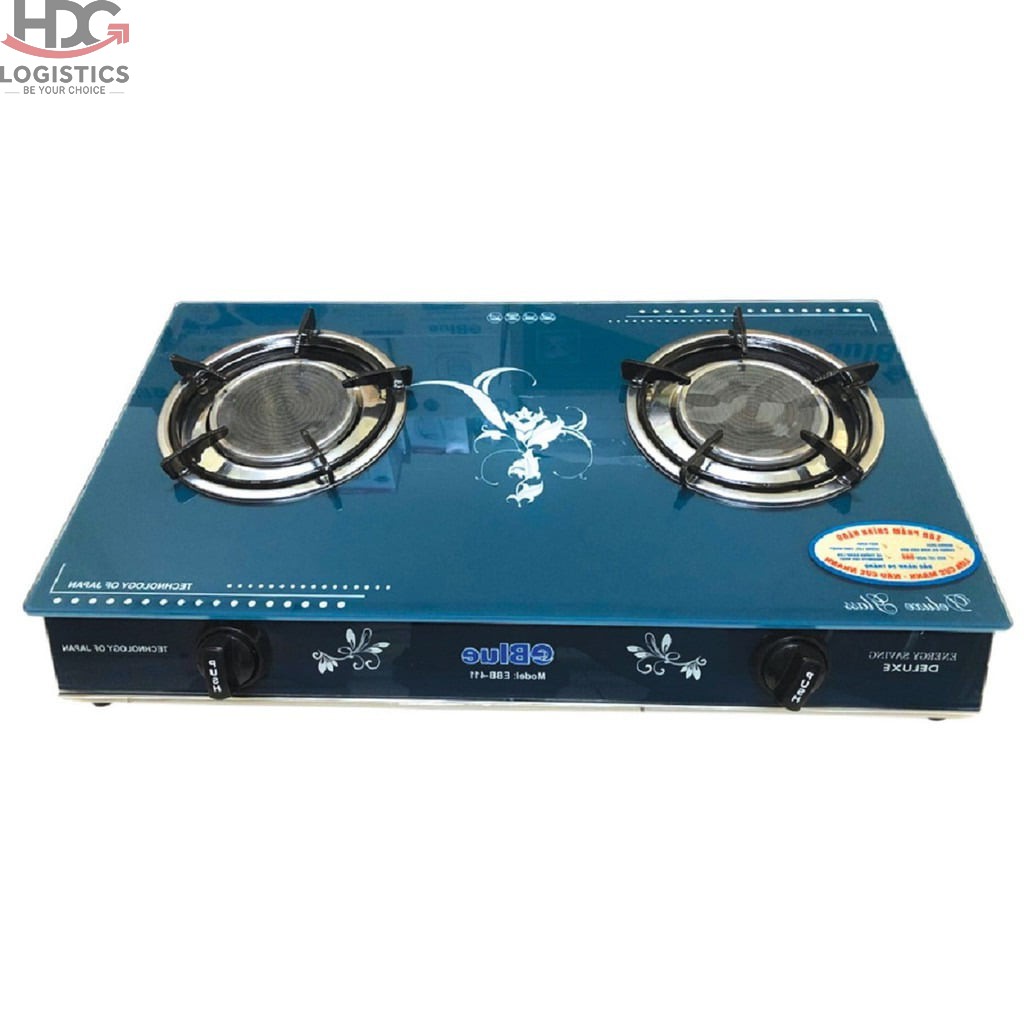Gas stoves are popular cooking equipment in Vietnam, with many models imported from different countries. How does the gas stove import process work? What are the policies and points that businesses need to pay attention to when carrying out procedures for importing gas stoves? What is the HS code and import tax rate for gas stoves?

In recent years, imported gas stoves have become a popular trend among Vietnamese families. With a variety of designs, superior features and high safety, genuine imported gas stoves are gradually replacing traditional stoves, bringing a better cooking experience to consumers.
Why should you choose an imported gas stove?
Imported gas stoves are usually manufactured according to European standards, ensuring high quality and durability. These products also often come with a long-term warranty, giving users more peace of mind when using them.
Imported gas stove models often have many utility features such as automatic ignition system, safe gas shut-off function, energy saving and even the ability to combine with induction or electric stoves.
Imported gas stoves have a modern and luxurious design, suitable for the kitchen space of modern families. Cooktops made of tempered glass or stainless steel are not only beautiful, but also easy to clean after cooking.
Safety is always a top priority when choosing a gas stove. Imported gas stove models are often equipped with high-end safety features such as an automatic gas shut-off sensor when a leak or water spill is detected.
Gas stove import policy
Businesses that want to import gas stoves into Vietnam need to comply with the following current policies:
- Decree No. 15/2018/NDCP dated 02/02/2018
- Circular 38/2015/TTBTC dated 25/3/2015 and amendments and supplements 39/2018/TTBTC dated 20/04/2018
- Decree No. 69/2018/NDCP dated 15/05/2018
- Decree 128/2020/NDCP dated 19/10/2020
- Decree No. 43/2017/NDCP dated 14/04/2017
According to these legal documents, gas stoves are not on the list of goods prohibited from importing, so businesses can carry out procedures for importing gas stoves like other normal items.
HS code and Import tax rates for gas stoves
Gas stoves, classified in chapter 73, heading 7321, include cooktops, including those with auxiliary boilers for central heating, as well as ovens and gas stoves.
| 7321 | Stoves, stoves with ovens, stoves, stoves (including those with auxiliary boilers for central heating systems), grills, ovens, circular gas ovens, plate heaters and similar non-electric household appliances, and their parts, of iron or steel |
| – Cooking utensils and plate reheaters: | |
| 73211100 | – – Gas-fueled or gas-fueled or combined gas and other fuels |
According to the 2024 Import and Export Tariff, the import tax rate for gas stoves is specified as follows:
– VAT for gas stoves is 8%.- Normal import tax for gas stoves is 22.5%.- Preferential import tax for gas stoves is 15%.

Labeling of imported goods
The labeling of imported goods not only helps to trace the origin and responsible units but also supports stricter management of goods. In particular, this process is mandatory for gas stoves imported from abroad.
Label content
Decree No. 43/2017/ND-CP has clearly stipulated the content of labels for items. For gas stoves, the label needs to include exporter/importer information, product details, origin and other information in English or language with translation. Customs will thoroughly check the contents of the label during the import process.
Label Placement
The location of the label is equally important. Labels need to be affixed in a conspicuous position on the package such as cartons, wooden bales, product packaging. This helps save inspection time when importing gas stoves and other items.
For retail goods, the label needs to add manufacturer information, quantity, specifications, date of manufacture, and safety warnings.
Risks when labels are not in accordance with regulations
Failure to label or mislabel can lead to serious consequences such as fines under Article 22 of Decree 128/2020/ND-CP, loss of import tax incentives due to invalid certificate of origin, and the risk of loss and damage to goods due to lack of warning during transportation.

Gas stove import process
A set of documents necessary to carry out the procedures for importing gas stoves, as well as importing other items, including: Customs declaration, bill of lading, commercial invoice, sale contract, packing list, certificate of origin (C/O) if any, and catalogs. This is the regulation according to Circular No. 38/2015/TT-BTC dated 25/3/2015 and amended and supplemented by Circular No. 39/2018/TT-BTC dated 20/04/2018.
Step 1: Customs declaration
First, prepare all import and export documents such as contracts, commercial invoices, packing lists, sea bills of lading, certificates of origin, arrival notices and HS codes of gas stoves. Then, enter the declaration information into the customs system via the customs declaration software. Care should be taken when entering data to avoid errors, as this can be time-consuming and costly.
Step 2: Open a customs declaration
After the declaration is completed, the customs system will return the result of the channeling of the declaration. Print the declaration form and bring the dossier to the customs sub-department to open the declaration. Do this within 15 days of the declaration date to avoid penalties.
Step 3: Customs clearance of goods
Customs officers will check the dossier and accept customs clearance if there are no questions. After that, import taxes are paid so that the goods are cleared. In some cases, the goods may be released to be taken back to the storage warehouse.
Step 4: Transport and use the goods
Finally, proceed to liquidate the declaration and carry out procedures to bring the goods to the warehouse. Prepare delivery orders and pick-up slips at the port, and arrange vehicles to pick up goods. Note to avoid the situation that the declaration has been completed but there is still an order from the shipping line, so that the process can be completed smoothly and avoid loss of time and costs.

When importing gas stoves, businesses need to pay attention to policies related to labels, certificates of origin, and necessary quality standards. Compliance with these regulations not only helps the import process go smoothly but also ensures the safety of consumers and legalizes the product in the market.
Importing gas stoves is a potential but also challenging business. Mastering the process and complying with regulations is key to success in this field. Hopefully, the information hdglog.vn provided in this article will assist you in carrying out the procedures for importing gas stoves effectively and legally.



 Tiếng Việt
Tiếng Việt 日本語
日本語 中文 (中国)
中文 (中国)

